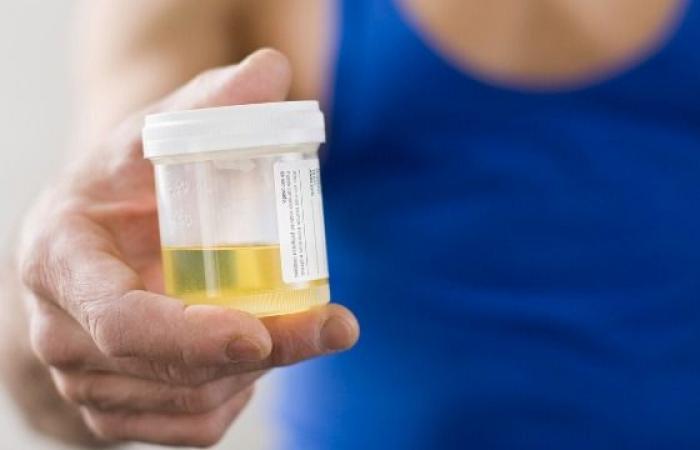“We tend to take urination for granted and it has not been adequately studied. However, it is a tremendous burden when something goes wrong with this system, ”says lead study author Kara Marshall, PhD, a postdoctoral fellow in the Department of Neuroscience at Scripps Research. “Now we have identified a critical part of how urinating works normally.”
In this study, Marshall and her colleagues focused on the PIEZO2 protein, a “mechanosensor” that detects the physical stretching of tissues where it is located. They found that PIEZO2 is expressed in cells of the bladder and is necessary for normal urinary continence and function in both mice and humans.
“Who would have thought that the same mechanosensor protein that enables our sense of touch also tells us that our bladder is full?” Says co-senior author Ardem Patapoutian, PhD, professor and endowed professor of neurobiology at the Dorris Neuroscience Center at Scripps Research , and a researcher at the Howard Hughes Medical Institute.
In 2010, Patapoutian and his laboratory first identified PIEZO2 and its sister protein PIEZO1 as mechanosensors that detect mechanical distortions in tissues. For this achievement, among other things, Patapoutian was a co-recipient of the renowned Kavli Prize for Neuroscience 2020.
Like most sensor proteins, the PIEZOs are ion channel proteins that are embedded in the outer membrane of their host cell and, when triggered by a stimulus, allow charged atoms to flow into the cell. Sensor ion channel proteins are usually found in sensory neurons in skin, joints, and other organs. When enough of these channels are open on a particular neuron to allow ion flow, the neuron sends a nerve signal to the brain.
For PIEZOs, the stimulus that triggers the opening of the ion channel is the stretching of the cell membrane due to mechanical forces on the local tissue. In studies over the past decade, Patapoutian and his colleagues have shown that PIEZO2 is expressed in various organs and tissues in the body. For example, they exist in lung tissues to sense lung expansion and regulate breathing, in blood vessels to sense blood pressure, and in the skin to convey the sense of touch.
The new study was a collaboration with Dr. Alexander Chesler and Dr. Carsten Bönnemann, senior researchers at the National Institutes of Health. Chesler and Bönnemann and their colleagues studied people who were born with genetic mutations that lead to the loss of function of PIEZO2. These individuals suffer from various sensory pathway impairments that are known to be related to PIEZO2.
For the study, NIH researchers found that these individuals with PIEZO2 deficiency lack the normal feeling of having a full bladder in addition to their other sensory deficits. They usually urinate on a schedule to avoid incontinence and have trouble emptying their bladders completely when they urinate.
Patapoutian, Marshall, and their colleagues showed in experiments that the loss of PIEZO2 in mice has similar effects. The urinary tract uses PIEZO2 protein in both bladder sensory neurons and bladder-lining cells called umbrella cells to detect stretching and make urination easier, which indicates a two-part sensor system. As they found in experiments, bladder neurons in mice usually respond robustly to nerve signals when the bladder is filled, but are almost completely silent during the bladder filling when they lack PIEZO2.
The mice lacking PIEZO2 in their lower urinary tract also exhibited abnormal urinary reflexes in the muscles that control the urethra, the channel that urine flows out of the bladder. This suggests that in mice, and most likely humans, the mechanosensor protein is needed for both a normal sense of bladder distension and normal urination.
The team is currently researching the different roles of bladder neurons and umbrella cells and how they signal each other. They are also investigating the possible roles of other mechanosensors like PIEZO1 in bladder control and urination.
“Mice without PIEZO2 had significant urination deficits, but were still able to urinate in the end, suggesting that another mechanosensory protein may be involved,” says Marshall.
Reference: Marshall KL, Saade D., Ghitani N. et al. PIEZO2 in sensory neurons and urothelial cells coordinates urination. Nature. 2020. doi: 10.1038 / s41586-020-2830-7.
This article was republished from the following materials. Note: The material may have been edited for length and content. For more information, please refer to the specified source.
These were the details of the news Protein, which activates our sense of touch, also tells us that… for this day. We hope that we have succeeded by giving you the full details and information. To follow all our news, you can subscribe to the alerts system or to one of our different systems to provide you with all that is new.
It is also worth noting that the original news has been published and is available at de24.news and the editorial team at AlKhaleej Today has confirmed it and it has been modified, and it may have been completely transferred or quoted from it and you can read and follow this news from its main source.
Source: Protein, which activates our sense of touch, also tells us that…













